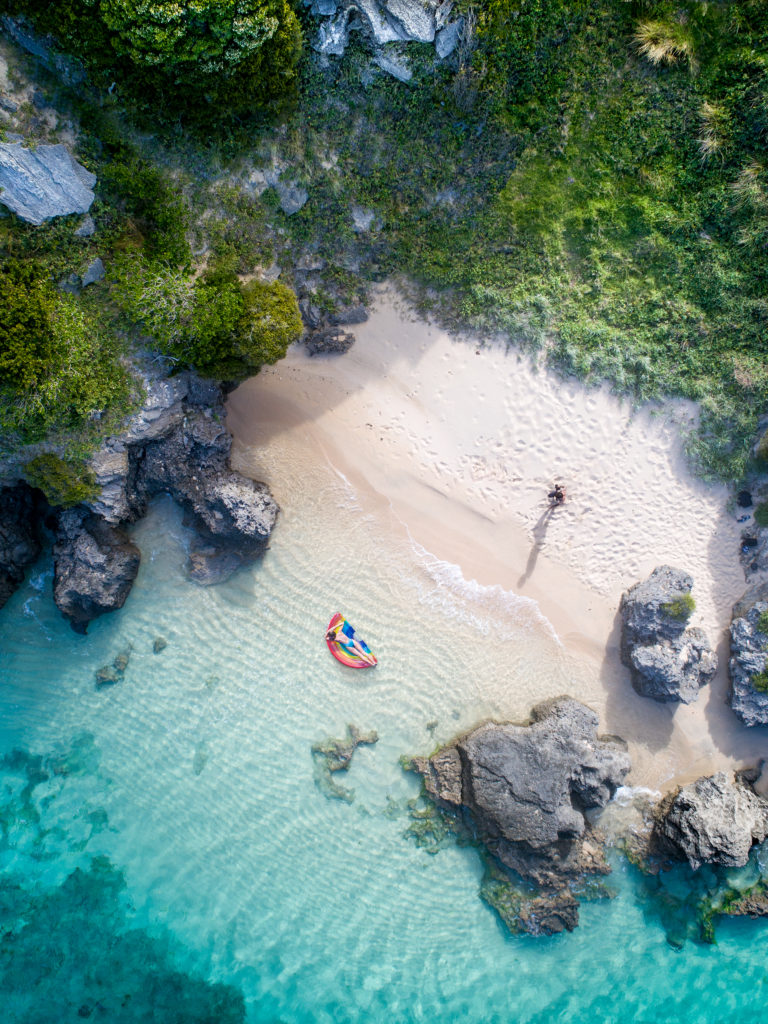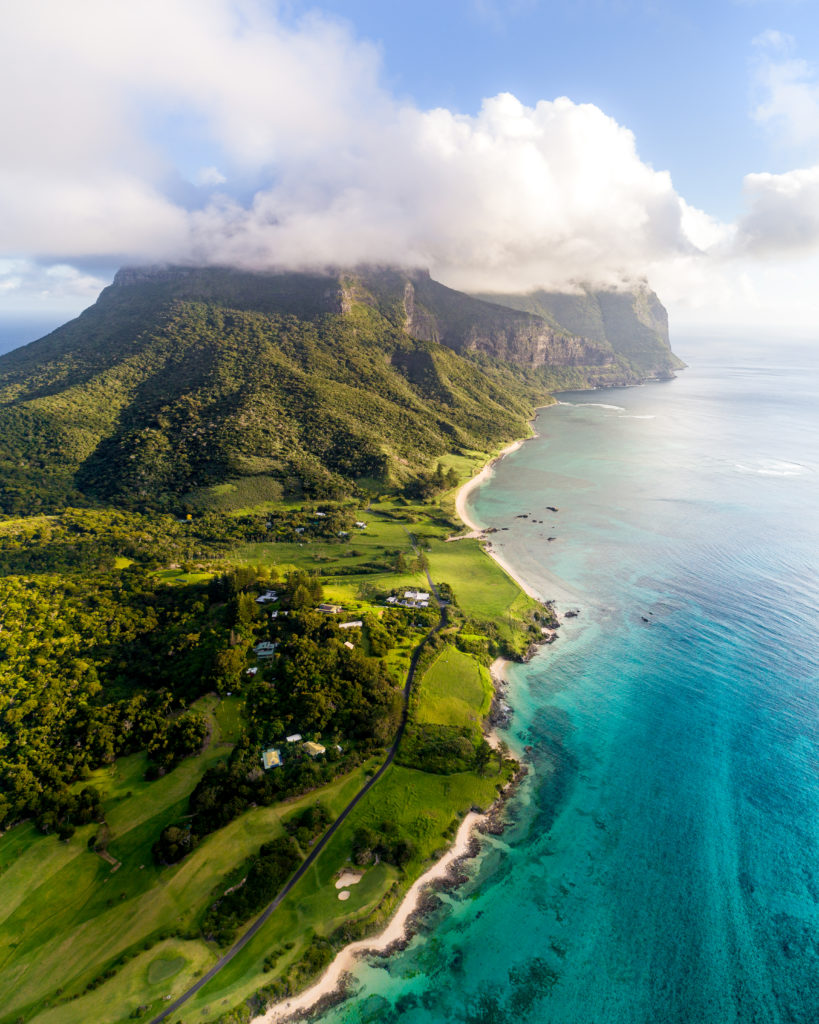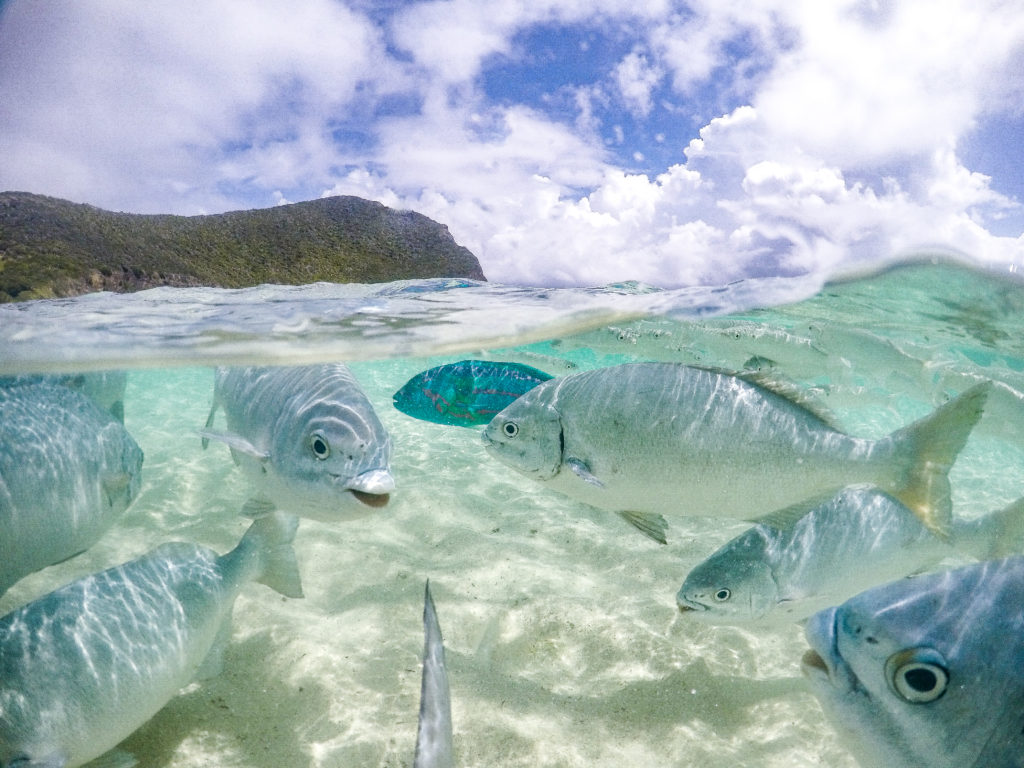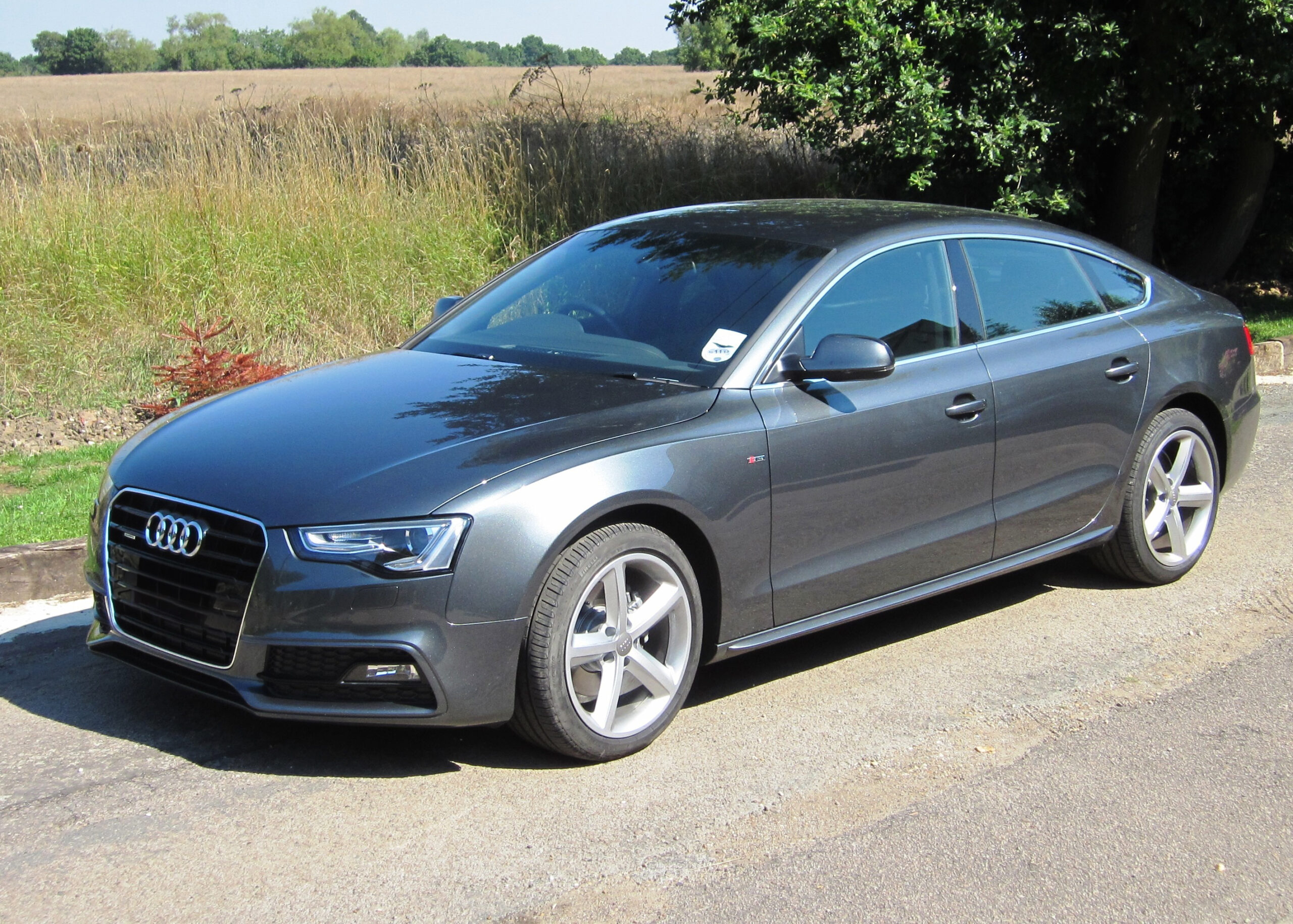Lord Howe Island is the boomerang-shaped remain of a shield volcano which has eroded over seven million years to just one-fortieth of its original size. It’s a small, dot of an island in the Tasman Sea approximately 600km east of Port Macquarie and is just over 10km long and 2km wide and its broadest point.
But Lord Howe is so much more than this brief description details. It’s a UNESCO World Heritage protected area many argue is as important as the Galapagos Islands, and features a more diverse collection of insects, birds (over 170 species), fish (over 450 species), plants, and mammals than the famed Ecuadorian archipelago.
Even Sir David Attenborough said Lord Howe is “…so extraordinary it is almost unbelievable. Few islands, surely, can be so accessible, so remarkable, yet so unspoilt.”
Lord Howe boasts a tiny population of just 382 residents and can only be visited by 400 people at a time. The island’s population is dedicated to preserving the island’s unique ecosystem, and prides itself on having no billboards, no supermarket, few cars, and no mobile phone reception.
Air tickets to Lord Howe are as expensive as a flight to Los Angeles, and accommodation must be booked in advance. In peak times, visitors might need to book a year in advance to visit Lord Howe, but all say it’s worth the process involved.


Despite its small size, Lord Howe offers much for tourists to enjoy. The pristine waters of the Lord Howe Marine Park are a mix of warm tropical and cool temperature ocean currents with their own unique reef – the world’s southernmost coral reef – and home to colourful fish and turtles, and 90 species of coral, many of which are only found here.
The Marine Park offers four Ocean Swim Weeks annually and has more than 60 dives sites, the most famous of which is beneath Ball’s Pyramid, a monolithic sea stack that’s said to be the world’s tallest. Fishing is permitted outside of the Marine Park and charters are available. Garfish, wahoo, kingfish, trevally, and yellowfin tuna are all found here, though limits apply to some species.
For those who prefer to keep their feet on solid ground, Lord Howe offers a series of challenging hikes, including the one-day trek to Mount Gower on the island’s southern end or the picturesque Seven Peaks Walk. Accompanied by a guide, you’ll experience the breathtaking beauty of the island’s rugged cliffs with views across the Tasman Sea to the horizon.
Easier hikes include the Valley of the Shadows walk and the Malabar Hill walk, famed for its red-tailed tropicbirds.
QantasLink offer regular flights to Lord Howe Island from Sydney while Eastern Air Services fly from Port Macquarie and Newcastle. Owing to its World Heritage listing there is no free camping available at Lord Howe, accommodation instead offered at a one of seven apartment and retreat-style facilities which cater to most budgets.


Did you know: Lord Howe is not one, but a group of 28 islands known as the Admiralty Group. It is the tallest of the group with an elevation of 875m.
Images: Lord Howe Island Tourism



